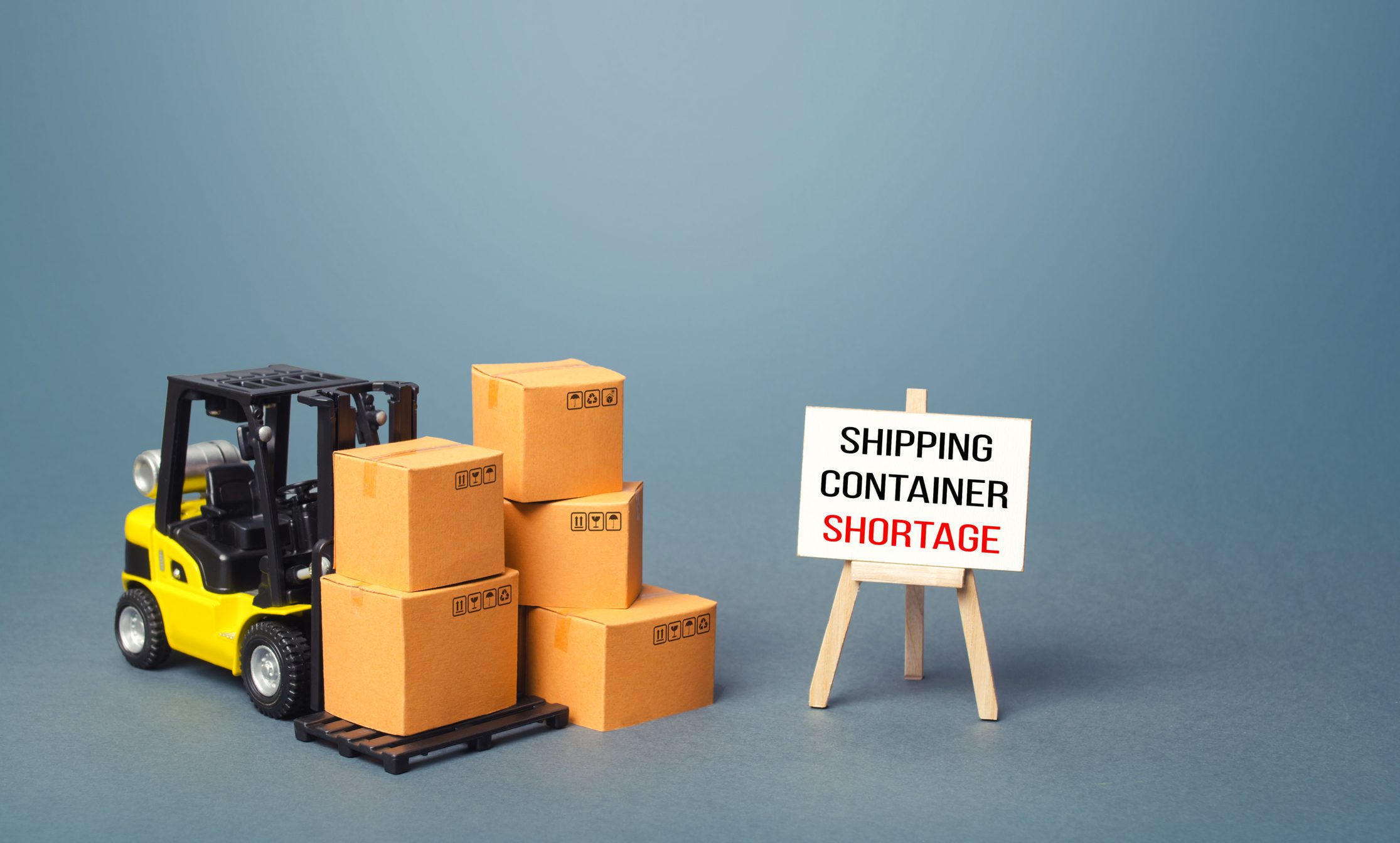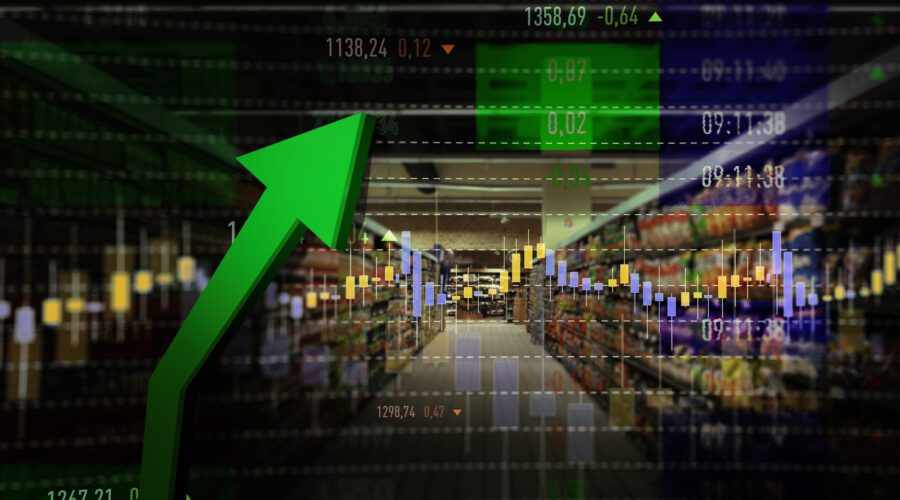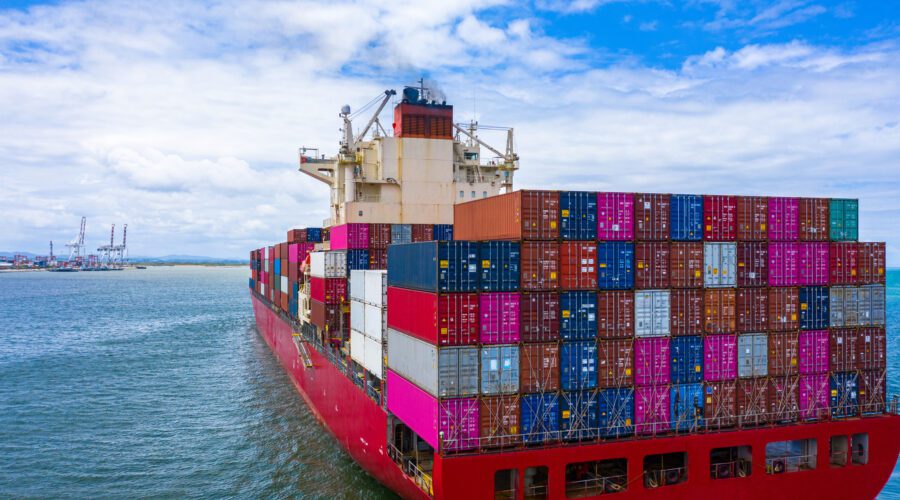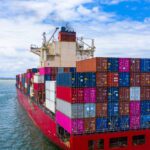The whole world is cautiously optimistic that we’re nearing the end of the pandemic, though emerging variants could quash that hope. What is getting better, however, is the global supply chain. Though specific challenges remain, many measures have been taken to ensure we remain on the path to better, smarter, faster trade around the world.
One specific issue we still face as we enter 2022 is a shortage of shipping containers. The current answer to this problem is to build more, and many companies are undertaking this massive commitment. However, building more takes time—time that continues to disrupt the supply chain.
But…where are the shipping containers that existed before the coronavirus began its deadly spread around the world? They didn’t simply disappear. No, 180 million containers are still around, stuck in inland depots, in cargo ports, and on shipping vessels—particularly those on trans-Pacific lines. The cancellation of orders for new containers during the first half of 2021 due to more lockdowns has only served to exacerbate the problem.
This shortage has driven some shipping costs up by more than 300%. An increase of 10% can reduce industrial production by 1%, so we’re looking at some very diminished production. Even worse, many overseas shipping companies are reclaiming their shipping containers so quickly that American firms have no chance to refill them with goods before shipping them back. Three out of four containers go back to China empty.
When companies can’t find containers to ship their goods, and the containers that do arrive go back empty before they have a chance to be filled, it’s easy to see why there’s still a global supply chain crisis. It’s just…that crisis isn’t nearly as crippling as it was in 2020 or 2021. Companies are learning from the problems and coming up with new solutions.
Suggested Solutions
The problems companies face when factoring shipping container shortages into their logistics is not insurmountable, but some solutions will take more time to come to fruition. For instance, many companies have begun building their own shipping containers. Chinese production is up again after the cancellations last year, expecting an increase in 6%-8% in container capacity growth this year. That’s not enough, obviously, as we’re still struggling to locate shipping containers, but it does help and will eventually even the field.
Planning ahead as much as possible is one way to mitigate the effects of the container shortage, though that certainly doesn’t help in cases where a quick turnaround is key. Since that simply can’t happen at the moment, seeking out new manufacturers on other continents could shift the shipping pattern enough to decrease lead times. While you still may not experience the swift service enjoyed pre-pandemic, it could ease some of the strain for you.
One last possible solution is to work with a logistics company like LIWMI that uses technology to track open space on containers to fill them before they ship. While empty containers are making their way back to China before any goods can be loaded at all for export, there are often other containers with space available that companies might agree to share. This helps to cut down on costs, decrease the lead time, and keep your business moving at a pace that might resemble “normal.”
If that sounds like a solution that could work for you, give us a call. Even if this won’t solve all your problems, we may have other solutions that could help. We’re here for you at every step of the journey.








